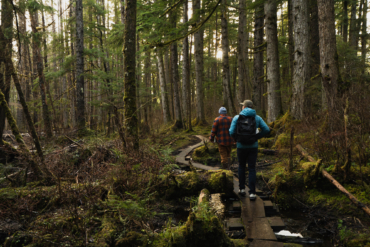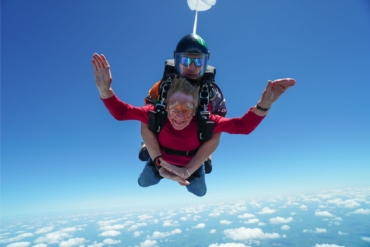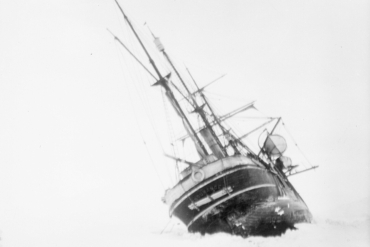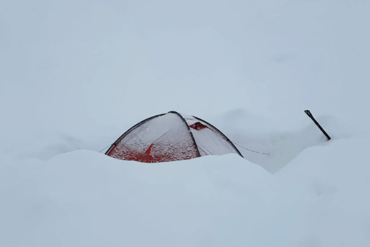WHAT IT TAKES TO RUN BADWATER
Racer Profile: Blake Benke
published August 16, 2007
By Stephen Regenold
The bitter pill that is the sport of ultramarathon—footraces of 50 miles or more—is unusually hard to swallow in Death Valley National Park, where each July the Badwater Ultramarathon attracts 85 men and women to run 135 miles through the desert sands and to the mountains beyond.
Indeed, sun bakes almost all life from the sand in Death Valley, where the lowest point of elevation in the Western Hemisphere slumps like a crater on Mars, rocky and dead, a basin encrusted with salt, baking in heat that can rise past 120 degrees on a common day.
But for racers such as Blake Benke, a 30-year-old Wayzata, Minn., native, the bottom of Badwater Basin marks the beginning of a journey many years and many training miles in the making.

“I’ve waited to do Badwater for years,” said Benke, now a resident of New York City who started running marathons while attending the U. S. Naval Academy. He later joined the Marines and competed in triathlons.
“Badwater seemed like the ultimate man against nature challenge,” he said.
Billed as “the world’s toughest footrace,” the Badwater Ultramarathon follows roads for 135 miles from Death Valley, through three mountain ranges, and up and down thousands of feet of elevation to finish at a trailhead on Mt. Whitney in California at 8,360 feet. Runners go nonstop, tromping through the day and night past tall dunes and over mountain passes.
Average finisher times during Badwater hover around 40 hours of consistent pavement pounding and foot travel.

Benke’s Badwater experience began on July 23, at 10 a.m., when he started jogging north in a white sun suit with about 85 other runners. He kept a fast pace for the first 17 miles, pounding out consecutive 8.5-minute miles to keep him near the front of the pack.
But by mile 45, Benke had hit his low point. About one-third of the way through the course, stomach problems started to overwhelm.
“I puked in the sand,” he said.
His support crew, which traveled in a car to assist with food, water and first aid, assessed his caloric intake and advised him to cut back.
“I was eating up to 500 calories an hour, and my stomach couldn’t handle it,” Benke said.
With a refined diet—consisting mostly of energy gel and a liquid shake mixture called Perpetuem—Benke got back into a groove as night fell on his first day of the race.
He wore a headlamp after dark, its bobbing beam on the road ahead slowly hypnotizing his exhausted mind. At about 3 a.m., Benke rested for 10 minutes, his longest single break during the entire event.
Daybreak brought renewed energy for Benke, and as he approached Lone Pine, a town at the base of Mount Whitney, a surge of adrenaline took over.
“I had one of the fastest times up the final leg,” Benke said, referring to the mountain climb up to the 8,360-foot finish line at the Whitney Portal trailhead.
He finished Badwater about 5 p.m. July 24, completing the race in 30 hours, 56 minutes and 59 seconds, taking eighth place overall.
Benke starts a new job next month in New York, where he lives with his wife, working in finance. Badwater, he said, was the pinnacle of his running career so far.
“I’ll probably cut back on the racing,” he said. “Maybe just marathons and 50-milers from now on.”







